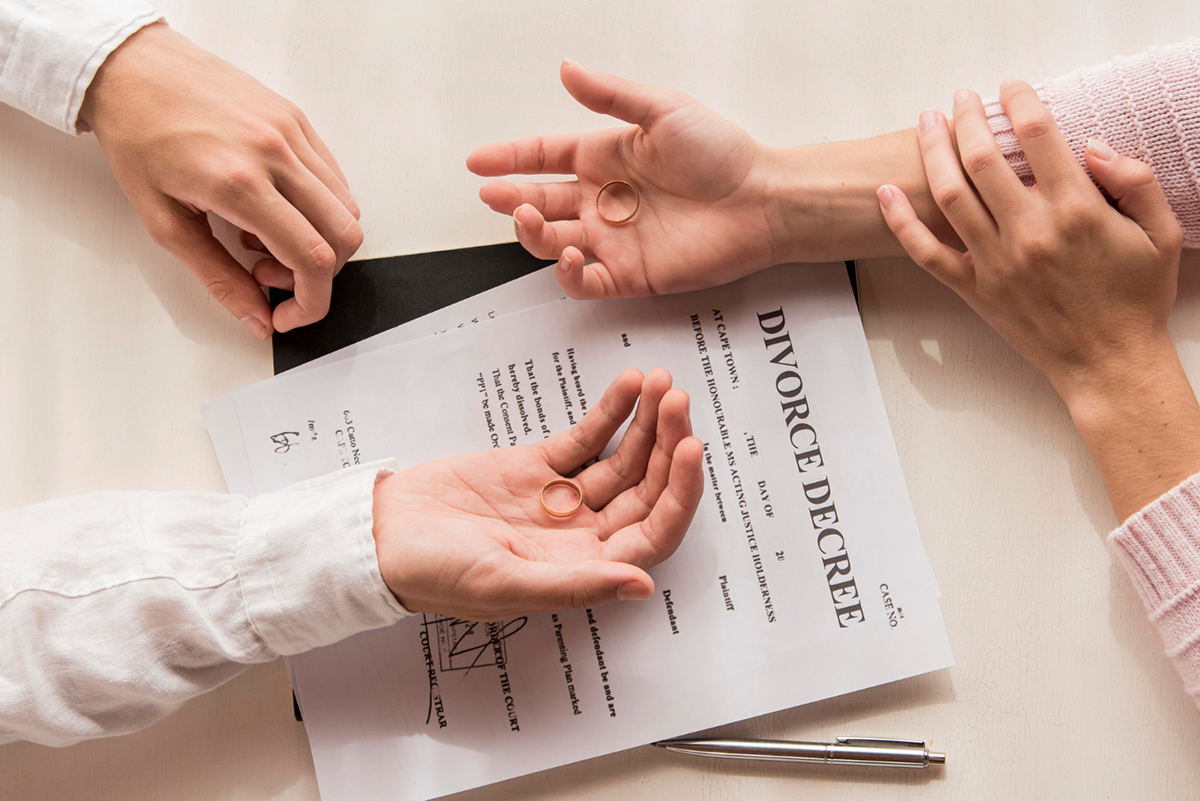Understanding Couple's Rights in a Collaborative Divorce Process

Divorcing couples usually have a difficult time navigating through the tumultuous process of ending their marriage. However, with the collaborative divorce option, separating couples can work together toward a common goal of ending their marriage while minimizing emotional harm and maximizing their independence. Collaborative divorce involves a commitment from the couple to work together with their respective collaborative law attorneys to resolve their issues amicably, without the need for court intervention. This blog explains couple's rights in a collaborative divorce process.
Both Parties Retain Full Control of the Negotiation Process
In a collaborative divorce, both parties maintain the right to negotiate the terms of their divorce without the interference of the court. This process allows couples to resolve their differences amicably, in a private and confidential setting. With this type of flexibility and control, separating couples can work together to create mutually beneficial divorce agreements that address their unique needs and concerns.
Legal Counsel Must Be Retained for Both Parties
Collaborative divorce always requires the services of two collaborative law attorneys, one to represent each party. These attorneys will provide legal counsel for the couple throughout the process. Collaborative law attorneys are dedicated to the collaborative model and are specially trained to assist couples in resolving their disputes without litigation. In a collaborative divorce process, both attorneys work together with their clients to build a comprehensive understanding of their needs and concerns, which they use to reach a fair settlement.
Only Property Division and Child Custody Can Be Resolved Through Collaborative Divorce
Collaborative divorce can only be used to negotiate issues related to property division and child custody. Spousal support and other related issues must be handled through separate legal proceedings. Although collaborative divorce is a limited process, it is beneficial for couples who have concerns with property division and child custody matters.
The Agreement Reached Can Be Enforced by the Court
Once both parties agree on the settlement, the agreement reached can be presented to a judge for review and made enforceable by the court. This means that both parties must comply with the terms of the agreement. If either party fails to do so, they can be required to appear in front of a judge, and could potentially face legal penalties for failing to follow the agreement.
The Collaborative Process Is Meant to Be Non-Adversarial
The entire premise of the collaborative process is working together to resolve issues in a non-adversarial manner. This means that the parties cannot threaten legal action or use tactics meant to intimidate the other party. This type of collaborative approach ensures that both parties work towards a positive and effective outcome that benefits both parties.
Conclusion
Collaborative divorce is a viable and effective method for couples to resolve their differences in a way that is both amicable and non-adversarial. It is designed for couples who agree to work together towards a common goal without the need for a court intervention. Couples who value independence and preservation of a good relationship can benefit greatly from using the collaborative divorce process. If you are seeking a collaborative law attorney in Orlando, Ilvento Law is here to help. Contact our firm today for more information on how we can assist you through the collaborative divorce process.